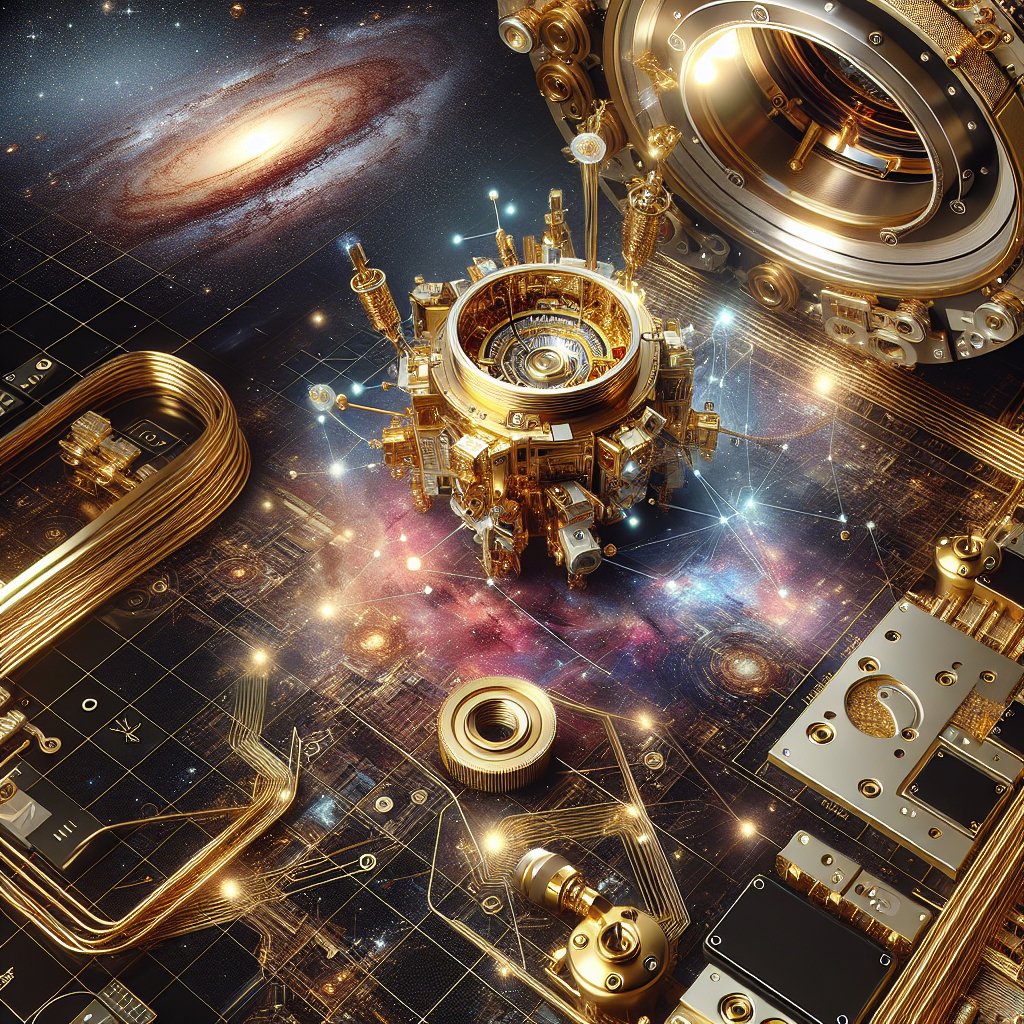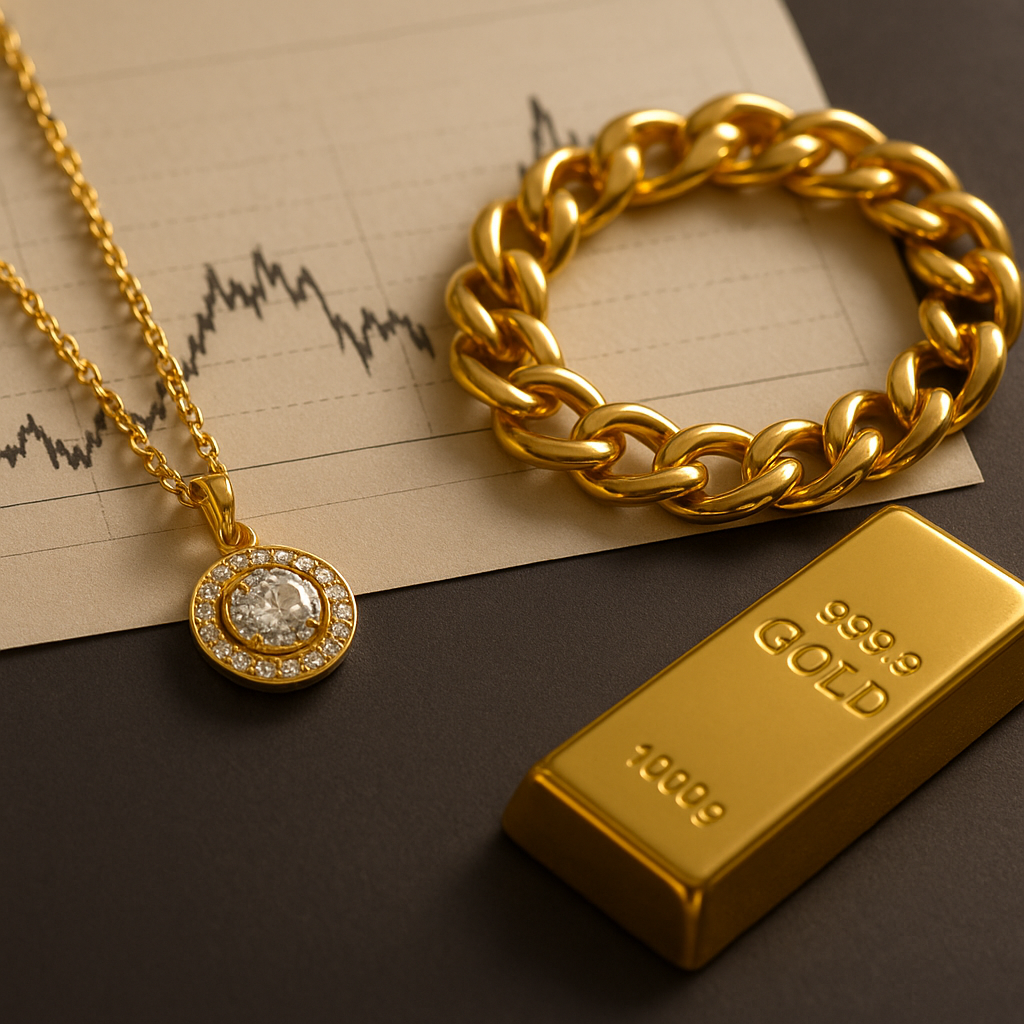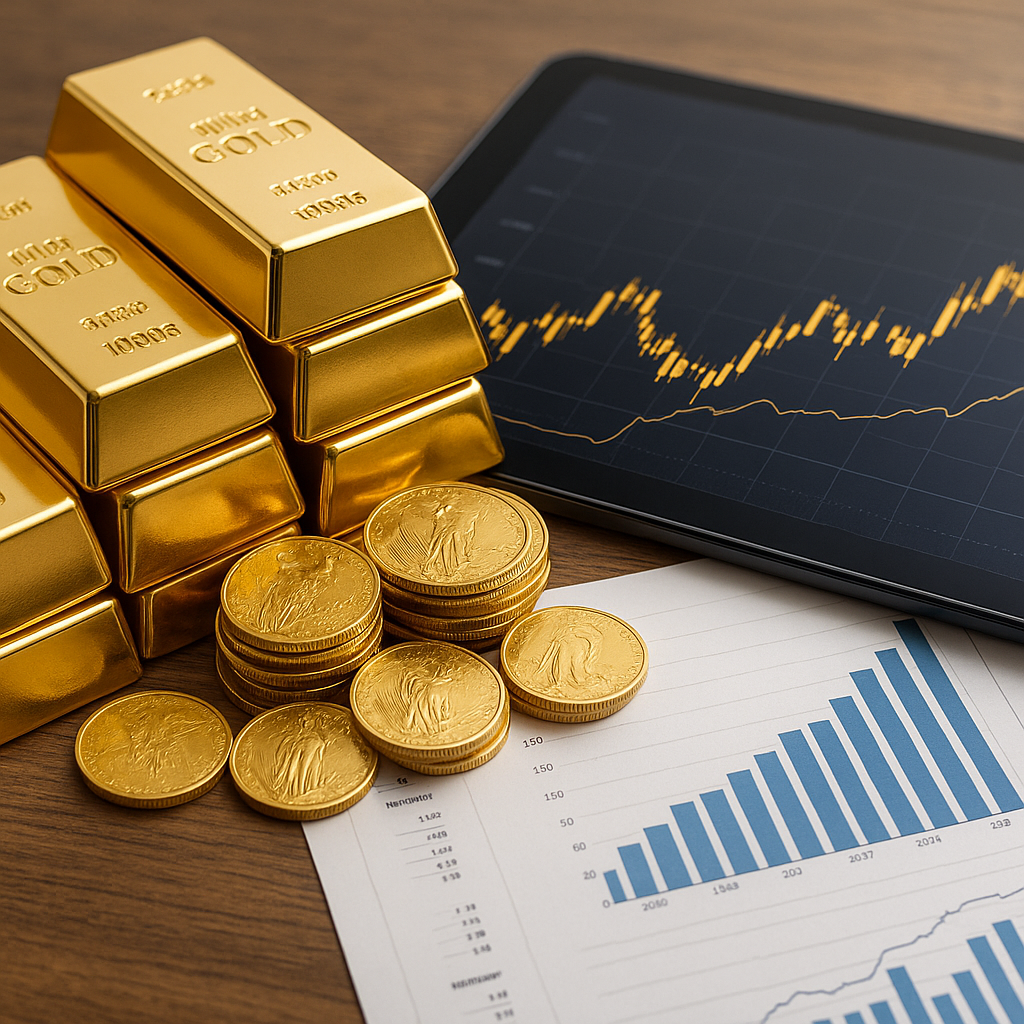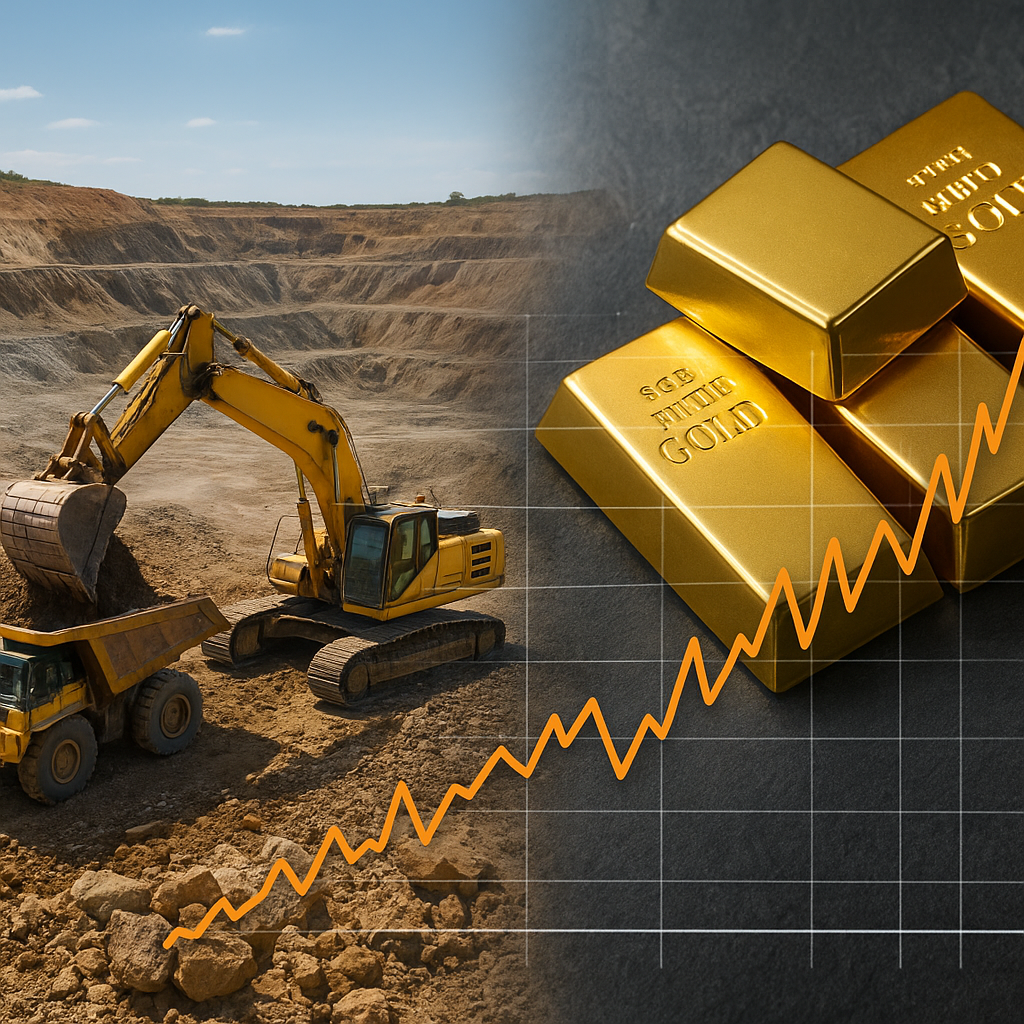Gold has long been valued for its beauty and rarity, but its contributions to space exploration technology are equally significant. This precious metal plays a crucial role in the development and functioning of various technologies used in space missions, from satellites to spacecraft. In this article, we will explore how gold is utilized in space exploration and the reasons behind its indispensable role.
The Unique Properties of Gold
Gold’s unique properties make it an ideal material for use in space exploration. One of the most important characteristics of gold is its excellent conductivity. Gold is an outstanding conductor of electricity, which is essential for the efficient functioning of electronic components in space technology. Its ability to conduct electricity with minimal resistance ensures that electronic signals are transmitted effectively, which is crucial for the operation of spacecraft and satellites.
Another significant property of gold is its resistance to corrosion and tarnish. In the harsh environment of space, materials are exposed to extreme temperatures, radiation, and other factors that can cause degradation. Gold’s resistance to these elements makes it an ideal choice for coating and protecting sensitive components. This ensures the longevity and reliability of space equipment, which is vital for the success of long-duration missions.
Gold also has excellent reflectivity, which is utilized in thermal control systems. In space, temperature regulation is critical, as spacecraft can be exposed to intense heat from the sun or extreme cold in the shadow of celestial bodies. Gold’s reflective properties help in managing these temperature extremes by reflecting solar radiation and maintaining a stable thermal environment for onboard instruments and systems.
Applications of Gold in Space Technology
Gold is used in a variety of applications within space technology, each leveraging its unique properties to enhance the performance and reliability of space missions. One of the most common uses of gold is in the form of thin films or coatings. These coatings are applied to various components, such as connectors, switches, and circuit boards, to improve conductivity and protect against corrosion.
In addition to electronic components, gold is also used in the construction of spacecraft and satellites. For instance, gold-coated Mylar sheets are often used as thermal blankets to protect spacecraft from extreme temperatures. These blankets help maintain a stable internal temperature, ensuring that sensitive instruments and equipment function correctly throughout the mission.
Gold is also employed in the construction of visors for astronaut helmets. The thin layer of gold coating on the visor provides protection against harmful solar radiation while allowing astronauts to see clearly. This is crucial for the safety and effectiveness of astronauts during extravehicular activities, such as spacewalks.
Moreover, gold is used in the development of advanced propulsion systems. In some cases, gold is utilized in the construction of ion thrusters, which are used for precise maneuvering and positioning of spacecraft. The high conductivity and resistance to corrosion make gold an ideal material for these applications, ensuring the reliability and efficiency of propulsion systems.
The Economic Impact of Gold in Space Exploration
The use of gold in space exploration has significant economic implications. The demand for gold in the aerospace industry contributes to the overall demand for this precious metal, influencing its market price. As space exploration continues to advance, the need for gold in various applications is expected to grow, potentially impacting the global gold market.
Furthermore, the development of space exploration technology has led to innovations that benefit other industries, such as telecommunications, defense, and electronics. The advancements made possible by the use of gold in space technology have a ripple effect, driving economic growth and technological progress in multiple sectors.
Investments in space exploration also create opportunities for economic development and job creation. The production and refinement of gold for use in space technology require skilled labor and advanced manufacturing processes, contributing to the growth of the aerospace industry and related fields.
Challenges and Future Prospects
Despite its many advantages, the use of gold in space exploration is not without challenges. The high cost of gold can be a limiting factor, especially for missions with tight budgets. As a result, researchers and engineers are continually exploring alternative materials and methods to reduce costs while maintaining the performance and reliability of space technology.
Looking to the future, the role of gold in space exploration is likely to evolve as new technologies and materials are developed. Advances in nanotechnology and material science may lead to the creation of new gold-based composites or coatings that offer enhanced properties at a lower cost. Additionally, the potential for mining gold and other valuable resources from asteroids and other celestial bodies could provide a new source of materials for space exploration, reducing the reliance on Earth-based resources.
In conclusion, gold’s unique properties make it an invaluable material in the field of space exploration technology. Its contributions to the development and functioning of spacecraft, satellites, and other space systems are essential for the success of missions and the advancement of space exploration. As technology continues to evolve, the role of gold in this exciting field is likely to expand, offering new opportunities and challenges for researchers, engineers, and the global economy.












